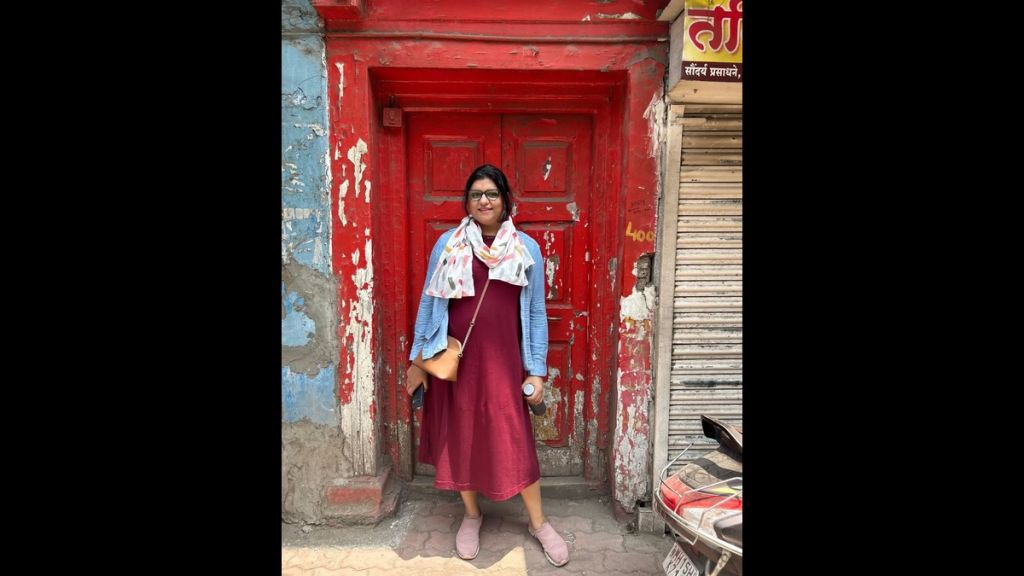
Having grown up in Juna Nashik, it was only when Amrita Gangatirkar left home and later brought back friends from Mumbai that she looked at the town on the banks of the mighty Godavari as a city of wonders.
Working as a researcher for a series of documentary films on unique cultural heritage in locations across India, Amrita would wonder how her home city had missed storytellers’ line of sight.

She began conducting research on Nashik’s history and growth, going back centuries, and when in 2016 she returned to settle in her hometown for good, she decided to test if visitors would react to her discoveries the way she anticipated. “As an experiment, I posted an Airbnb experience, and the reaction was overwhelming,” she said.
That was the birth of Nashik Heritage Trails, a unique 90-minute walking tour of the old parts of Nashik city, with an expertly narrated account of the history of the city’s medieval temples, old homes known as ‘wadas’, the riverside promenade, the state archaeology museum and the historical Kalaram Temple.

There are also visits to unique trade and craft establishments. “Traders are the reason the city flourished, and there are lanes dedicated to each craft—a kapad bazar, a bhandi bazar, an oil lane,” said Amrita, “and this nexus of rulers, traders and religious people all supported one another and helped the city grow.”
Buddhism, Jainism and Hinduism all flourished in Nashik. Juna Nashik had marketplaces dating back hundreds of years, the town being a preferred overnight halt along ancient trade routes, she said.
“My work is designed so that travellers, when they visit any other place, are able to spot the visual clues, ask what must have been, what may have occurred here, how the city evolved,” said Amrita.
Amrita’s Instagram page is also a documentation of a city in the throes of change, a wada demolished today for an apartment complex, a 300-year-old horse stable gone, Art Deco and Peshwa-era buildings gone, and more. With each post, Nashik’s heritage comes further to the forefront.
“I loved how she flawlessly narrated the story of thousands of years, from the coming of the Buddhist monks in the region to the princely states that ruled Nashik. The architecture of the temples and the city generally made sense once she provided a context,” said Shivangi Choudhary, a PhD student who joined a recent walk with Nashik Heritage Trails.